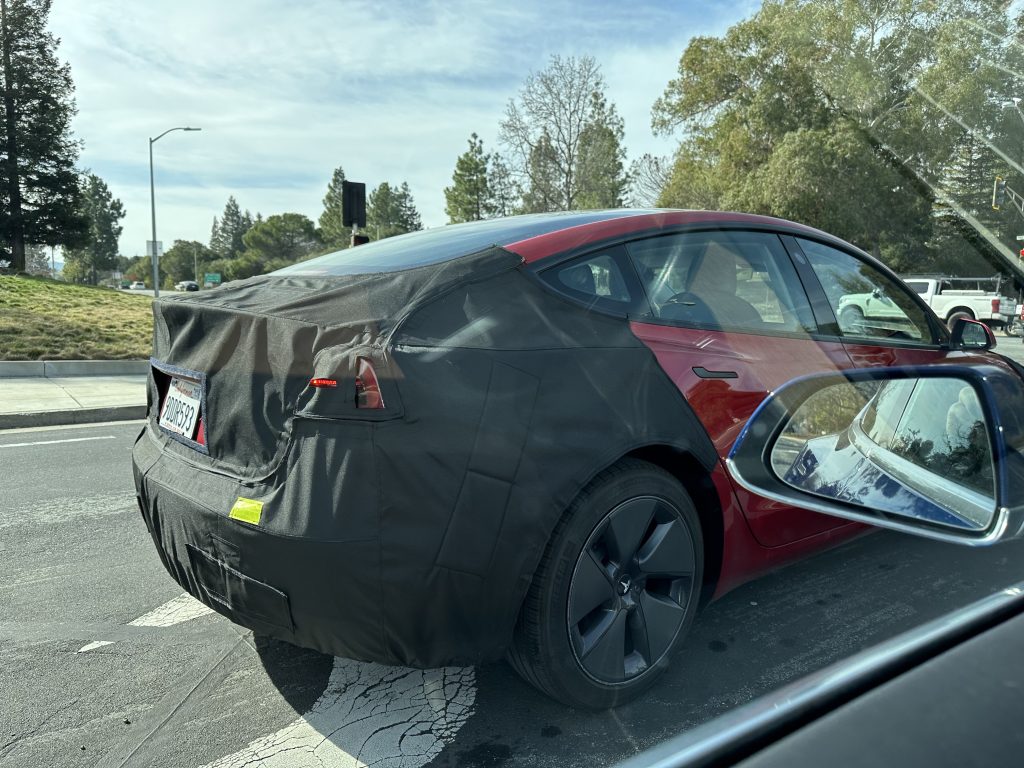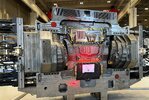Above ground city rail is in 2 categories:-
2. Suburban passenger Lines - if underground Boring Cop tunnels can transport the suburban passengers these represent a major Real Estate Development opportunity that can also enhance quality of life and provide good quality cycleways along those routes.
The big advantages of these lines is that they are lines, so if we build everything on the same level things like utilities can be routed easily and additional transport corridors can be provided via a "multi-level" approach.
This is one example:-
For level 2 offices, the amount of flow through is dependent on the security requirements of those that own/rent the offices.
The challenge with a line is that is a long relatively thin space depending on how wide the train tracks are, but I am sure that good architects could make it work. Shops, offices and homes may need to have a long thin form factor, but that can mean more windows and natural light. Or perhaps in some areas the rail line may be too thin for sensible development to occur, so some parts might just be a transport/utilities corridor.
In some cases the road beside the rail line may be able to be incorporated into the development that widens the road and also increases the area for living space above the rail (area) + road. if ICE vehicles will use the road, ventilation needs to be considered. Hopefully this is far enough into the future for ICE vehicles to not be a major consideration.
- Main trunk lines for intercity high speed travel and freight.
- Suburban mainly passenger lines.
2. Suburban passenger Lines - if underground Boring Cop tunnels can transport the suburban passengers these represent a major Real Estate Development opportunity that can also enhance quality of life and provide good quality cycleways along those routes.
The big advantages of these lines is that they are lines, so if we build everything on the same level things like utilities can be routed easily and additional transport corridors can be provided via a "multi-level" approach.
This is one example:-
- B3 (basement 3) - West - Utilities, East - Batteries, rainwater tanks, storerooms, Boring Co access ramps where needed (opposite side to utilities)
- B2 -Parking/ storage.
- B1 - Parking.
- Ground Floor - Local access road/parking - follows approximate route of train line
- 1 -Pedestrian zone and cycleway. (some shops?)
- 2 - Shops
- 3- Offices
- 4-6 Residential
- Roof Top - outdoor recreation and sporting zone, with some cafes and swimming pools, gyms, badminton, basketball and indoor tennis courts, with a solar canopy. - (Privately owned, but residents and visitors can become members -, public walkway can't be closed
For level 2 offices, the amount of flow through is dependent on the security requirements of those that own/rent the offices.
The challenge with a line is that is a long relatively thin space depending on how wide the train tracks are, but I am sure that good architects could make it work. Shops, offices and homes may need to have a long thin form factor, but that can mean more windows and natural light. Or perhaps in some areas the rail line may be too thin for sensible development to occur, so some parts might just be a transport/utilities corridor.
In some cases the road beside the rail line may be able to be incorporated into the development that widens the road and also increases the area for living space above the rail (area) + road. if ICE vehicles will use the road, ventilation needs to be considered. Hopefully this is far enough into the future for ICE vehicles to not be a major consideration.
Last edited:





